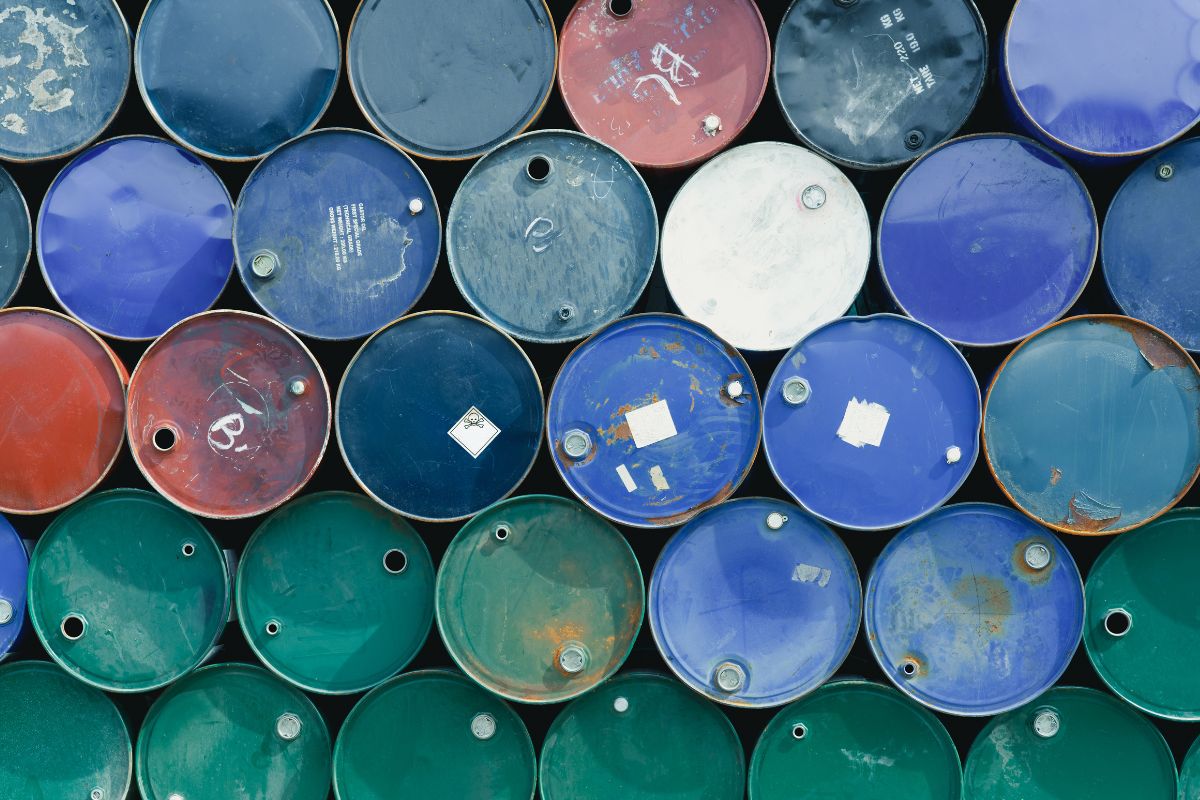The Lifecycle of Hazardous Waste After Disposal

So many industries produce hazardous waste. Even things you might not consider “dangerous” fall into this category, including batteries, paint, and household cleaning agents. You can’t toss these products any which way if you want to avoid breaking laws and damaging the environment.
Hazardous waste has a lifecycle after disposal that many don’t think about. This process ensures that businesses don’t handle their toxic by-products dangerously. Keep reading to learn more about what happens to your waste once you’ve thrown it out.
Storage
You can’t just throw your hazardous materials in the trash and call it a day. You have to store toxic materials after disposal in a specific way. Doing so protects your employees, the disposal service, and the environment.
Once you’ve finished using a hazardous product, store it in a sturdy container away from the general workspace. Make sure to use clear signage to label materials and communicate possible dangers. Depending on the item, you may need to use red or yellow bags and labels to adhere to federal and local regulations.
Transportation
After disposal, part of the lifecycle of hazardous waste includes transportation. Your waste removal company will pick up your materials and transport them to the right facility.
Professional waste disposal services know how to handle all kinds of dangerous products. Through optimized routes and processes, they can transport your waste safely and efficiently to complete their lifespan.
Treatment
Hazardous waste must go through a treatment process before it reaches its final stage. These practices ensure that materials are safe enough to undergo their disposal or destruction method.
Some facilities will use chemical processes like ion exchanges to neutralize toxic materials. Others will use thermal or biological treatments. This phase is important to reduce corrosive and other harmful properties that could put people and ecosystems in danger.
Disposal
The last step in the lifecycle of hazardous waste is disposal. While your materials have already gone through an initial disposal phase, there is still a final stage that completely eliminates them. Some disposal methods include:
- Composting
- Incineration
- Landfill burial
- Recycling
Your hazardous waste goes on a journey after the initial disposal. Let Clean Management Environmental Group be part of that journey. Contact us today for specialized waste disposal services that are fast, reliable, and cost-effective.
